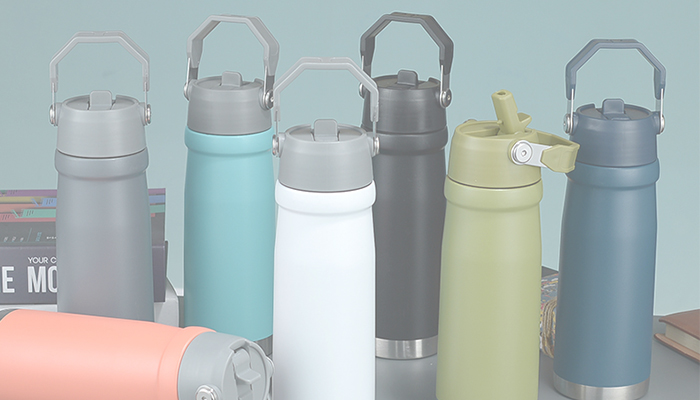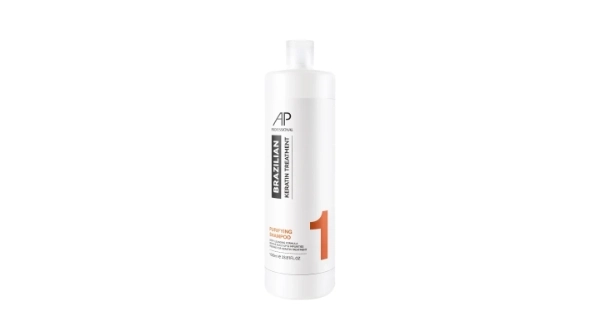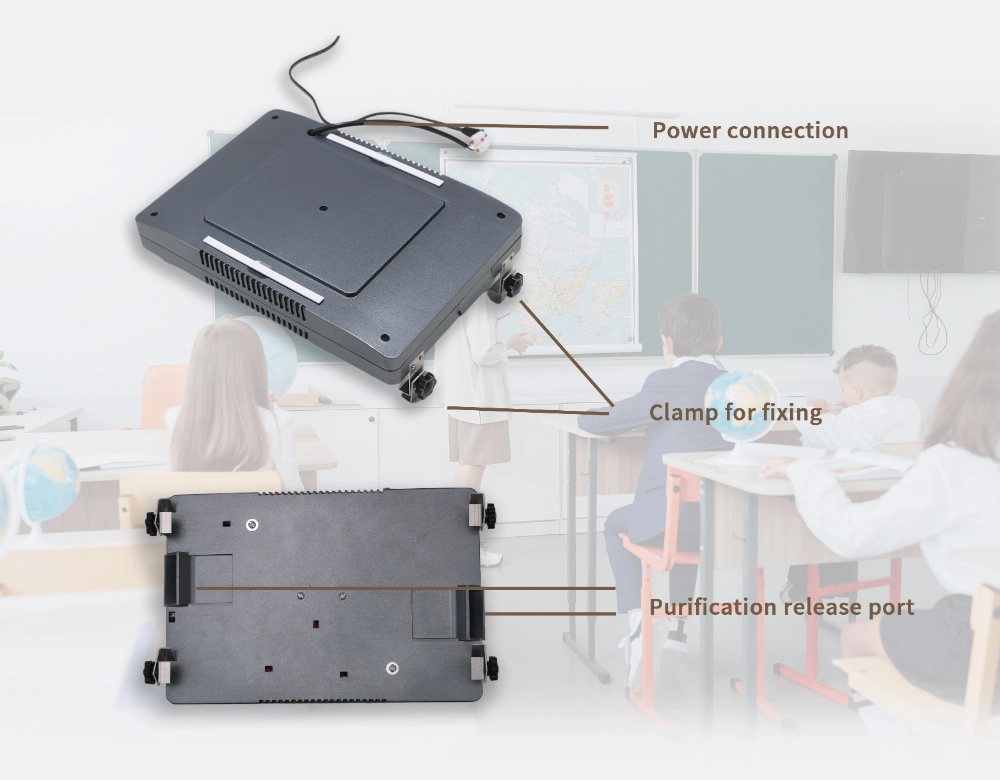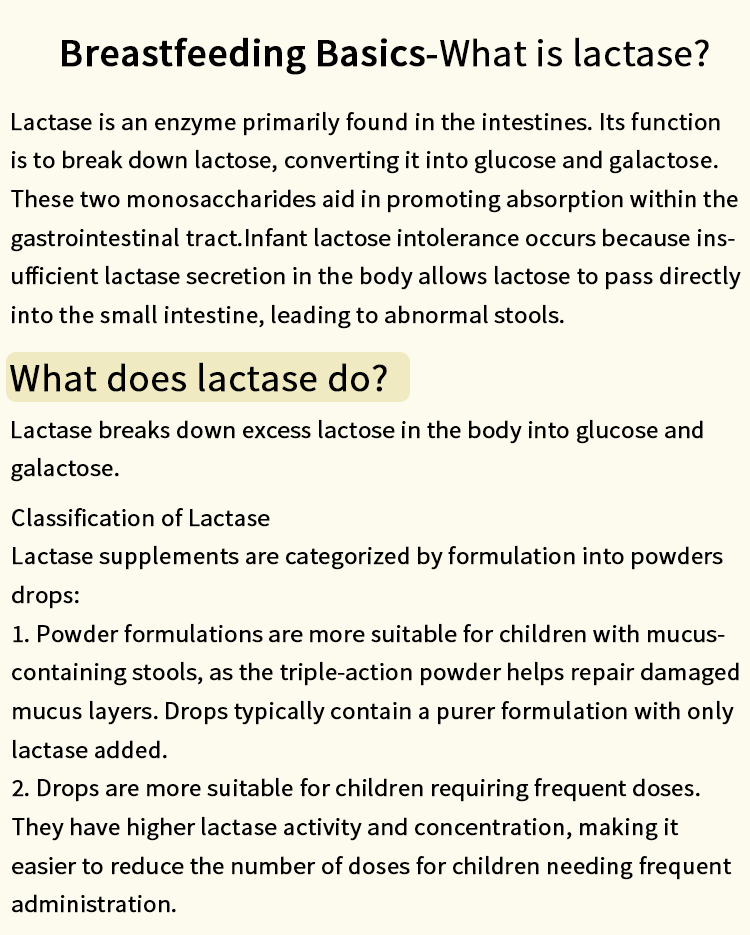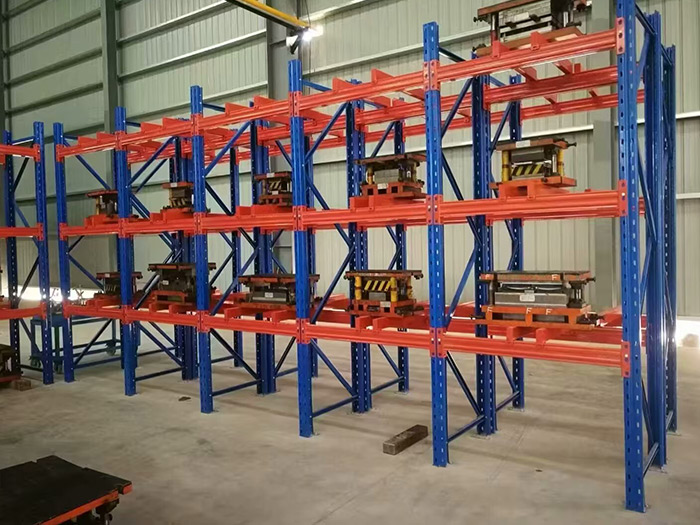When it comes to hiking, the right footwear can make all the difference. However, not everyone has a pair of specialized hiking shoes readily available. Whether you're a spontaneous adventurer or simply forgot to pack your gear, there are plenty of alternatives that can keep your feet comfortable and protected on the trails. In this article, we’ll explore various options for what to wear if you don’t have hiking shoes, ensuring you remain stylish and functional during your outdoor escapades.
Understanding the Terrain
Before diving into footwear alternatives, it’s essential to understand the type of terrain you’ll be traversing. Different trails present unique challenges, from rocky paths to muddy trails. Knowing the conditions can help you select the most suitable footwear. Here are some common terrains and their characteristics:
- Rocky Trails: These require shoes with good grip and support to prevent slips and injuries.
- Mud and Wetlands: Waterproof options are crucial to keep your feet dry and comfortable.
- Grassy or Forested Areas: Breathable materials can help prevent overheating and blisters.
Footwear Alternatives to Hiking Shoes
- Trail Running Shoes
- Pros: Designed for off-road running, trail running shoes offer excellent grip, lightweight construction, and breathability. They often feature a more flexible sole than traditional hiking shoes, allowing for a natural foot movement.
- Cons: While they provide good traction, they may lack the ankle support needed for more rugged terrains.
- Sturdy Sneakers
- Pros: A pair of well-cushioned, sturdy sneakers can serve as a decent alternative for light hiking. Look for models with a durable outsole and good tread for traction.
- Cons: They may not provide adequate support for uneven surfaces and can wear out quickly on rough trails.
- Waterproof Boots
- Pros: If you have a pair of waterproof boots, they can be a great substitute. They offer protection from wet conditions and provide good ankle support.
- Cons: They can be heavier and less breathable than other options, which might lead to discomfort on longer hikes.
- Sandals with Arch Support
- Pros: For warm-weather hikes, sandals designed for outdoor activities can be a comfortable choice. Look for models with adjustable straps and arch support to ensure a secure fit.
- Cons: They may not provide enough protection for rocky or uneven terrain and can lead to foot fatigue over time.
- Work Boots
- Pros: If you have steel-toed or heavy-duty work boots, they can offer excellent protection and support. Many are designed to withstand rough conditions and provide good traction.
- Cons: They can be bulky and may not have the breathability needed for longer hikes.
Essential Features to Look For
When selecting footwear for hiking without specialized shoes, consider the following features:
- Traction: Look for shoes with a rubber outsole and deep lugs for better grip on various surfaces.
- Support: Ensure the footwear provides adequate arch and ankle support to prevent injuries.
- Breathability: Materials that allow airflow can help keep your feet dry and comfortable.
- Water Resistance: If you anticipate wet conditions, opt for waterproof materials to keep your feet dry.
Tips for a Comfortable Hiking Experience
- Break Them In: If you’re using new shoes or boots, try to break them in before hitting the trails to avoid blisters.
- Wear Appropriate Socks: Choose moisture-wicking socks that provide cushioning and prevent friction.
- Pack Extra Supplies: Bring blister pads, extra socks, and a small first-aid kit to address any discomfort during your hike.
Conclusion
While hiking shoes are specifically designed for outdoor adventures, there are numerous alternatives that can provide comfort and protection on the trails. By understanding the terrain and selecting the right footwear, you can enjoy your hike without compromising on safety or style. Remember to prioritize features like traction, support, and breathability to ensure a pleasant experience. So, lace up your alternative footwear, and get ready to explore the great outdoors!
